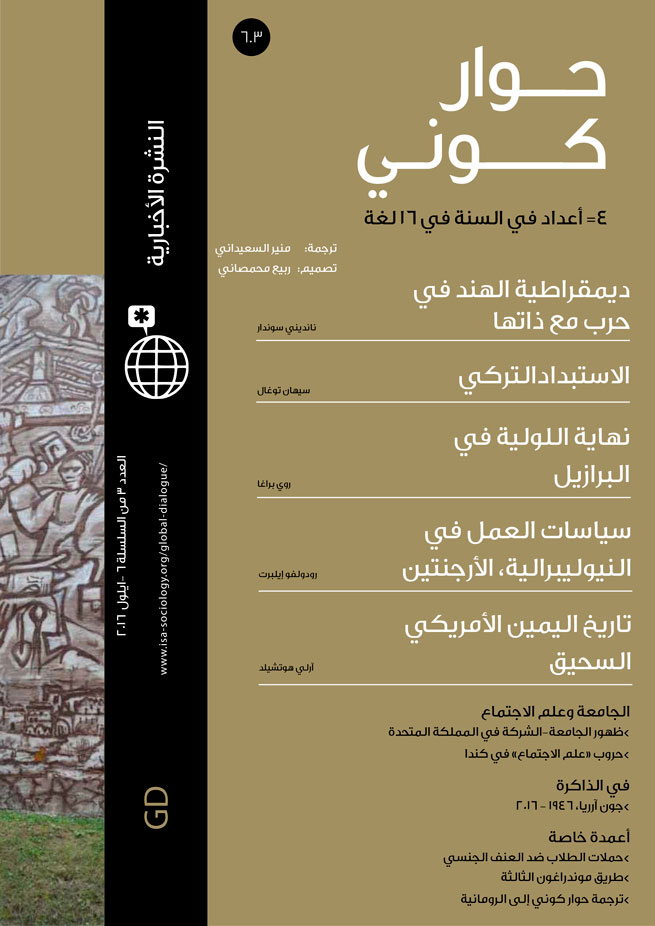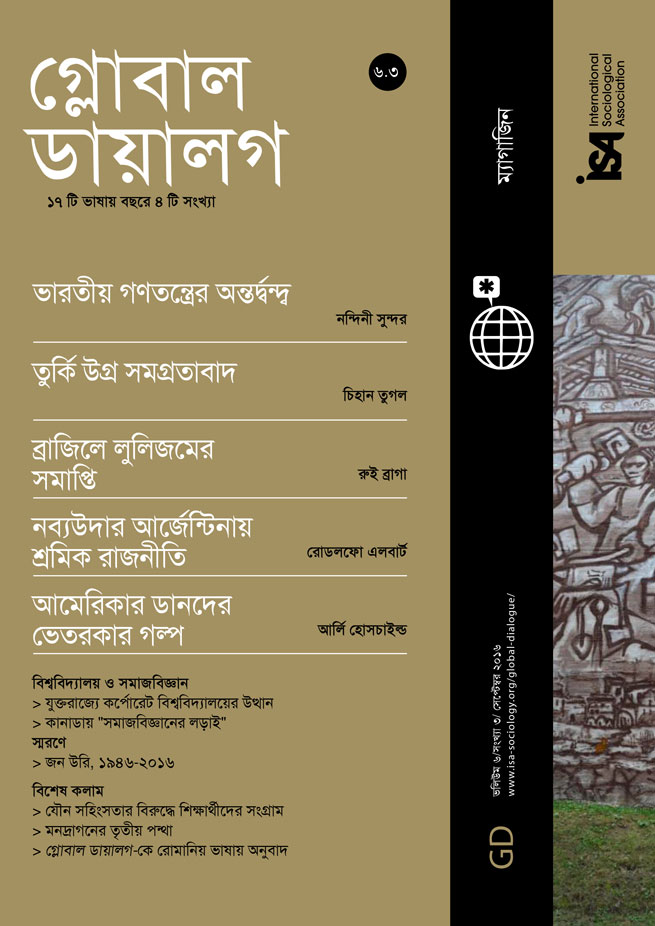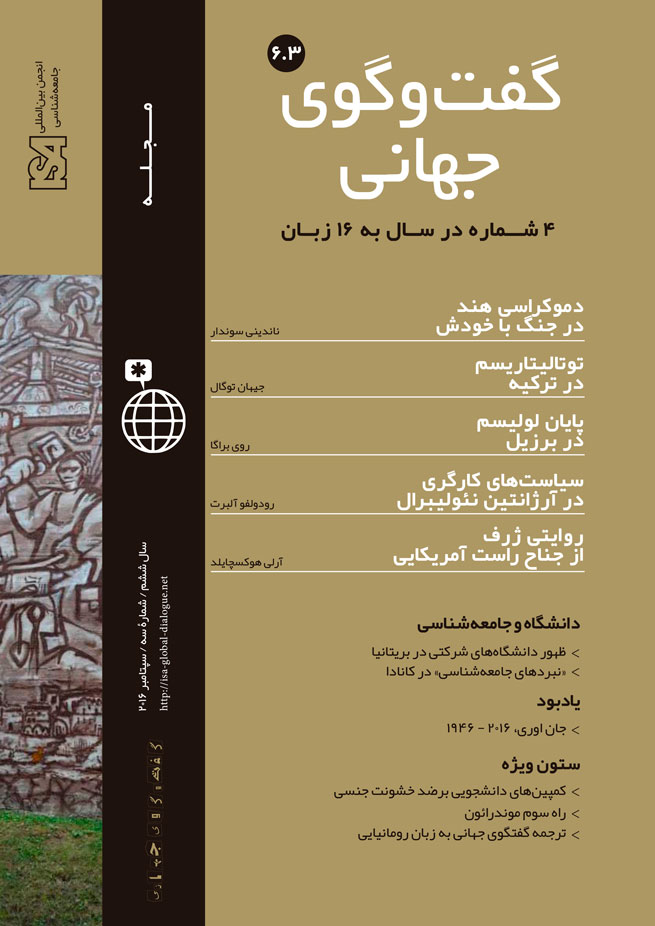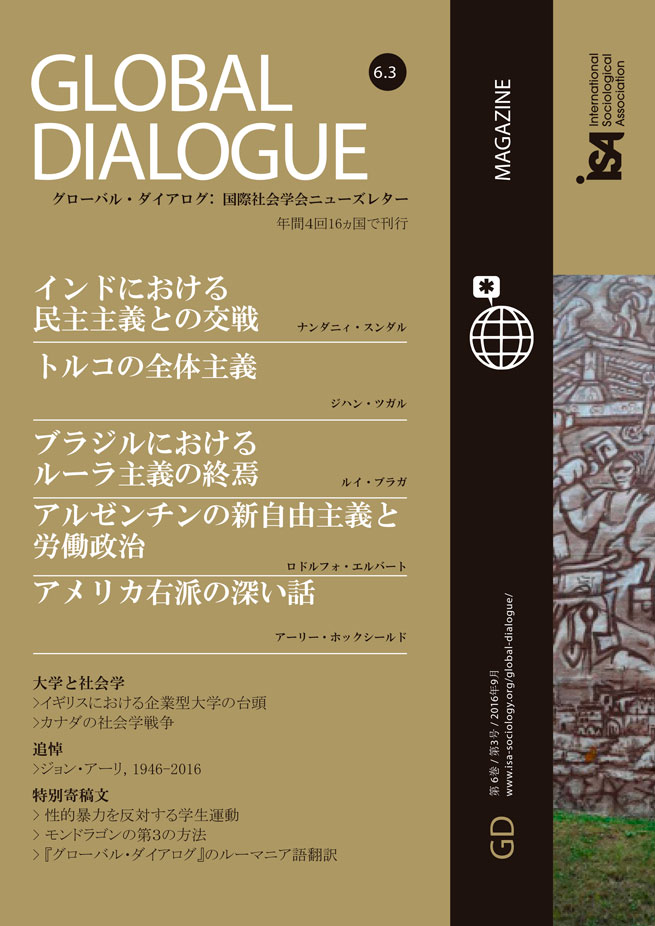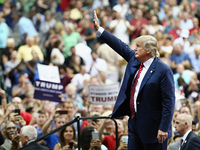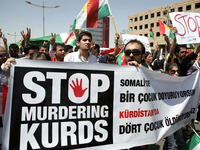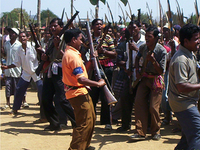Labor Politics and the Return of Neoliberalism in Argentina
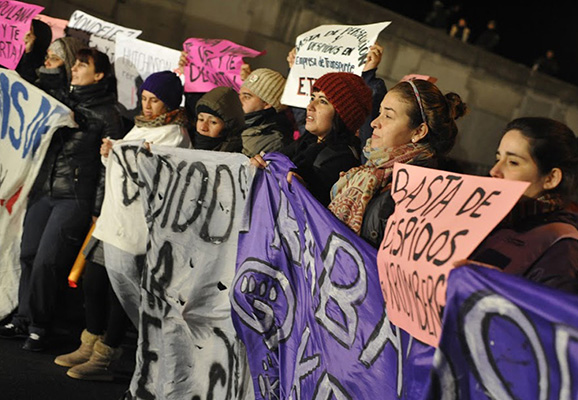
August 06, 2016
On November 22, 2015, Argentines elected Mauricio Macri as President for the 2015-2019 term, by a margin of less than three percent. Macri’s defeat of the Peronista candidate Daniel Scioli marked the end of the long Kirchnerista decade, 2003-2015: after a period of increasing state intervention in the economy and limited wealth redistribution, a center-right candidate with an anti-corruption discourse now leads Argentina.
Explanations for this triumph have focused on an anti-populist mobilization of the urban middle class and Argentina’s stagnant economy, but any explanation of the defeat also needs to include some discussion of the changing politics of industrial workers. The seeds of the crisis of the Kirchnerista regime are to be found in its paradoxical combination of progressive wealth distribution and persistent working class fragmentation. Through its alliance with the Kirchners, Argentina’s longstanding trade union bureaucracy had helped construct a fragmented industrial citizenship, while left-oriented grassroots unions mobilized resistance to persistent inequalities. Once the stagnant economy eroded the basis of the government’s limited redistributive programs, the social fragmentation which characterized what Ruy Braga has termed “precarious hegemony” contributed to electoral defeat. Resistance to the coming neoliberal offensive needs to include the same grassroots unions that fought economic insecurity during the Kirchnerista government.
In the late 2000s, just as most of the world began to emerge from the 2008 financial crisis, Argentina experienced a different kind of rebirth: a new “sindicalismo de base” (grassroots democratic unionism) movement seemed to foreshadow a surprising revitalization of labor, ten years after Argentina’s 2001-2002 economic crisis appeared to herald the end of the country’s proud trade union movement. In an impoverished neighborhood in Northern Gran Buenos Aires known as Los Tilos, for example, neighbors organized a land occupation to demand better infrastructure and housing, and to insist that companies stop polluting a nearby river. Despite the neighborhood’s proximity to an industrial area, most of its residents were unemployed or worked in the “informal economy.”
Surprisingly, Los Tilos’ 2010 protests received strong support from nearby trade unions representing formal sector workers, mostly employed in nearby industrial enterprises. As part of the revitalization of labor, activism in many industrial enterprises of the Northern Gran Buenos Aires had been led by grassroots democratic unions. But even then, most national unions were still led by traditional bureaucratic leaders, allies of the Kirchnerista government that took office in 2003. In general, these bureaucratic unions pursued an exclusionary strategy, rarely showing solidarity with the livelihood struggles of the urban poor, and often allowing employers to hire vulnerable workers on precarious terms, as long as core workers received higher salaries.
But the grassroots labor movement that emerged in the late 2000s was different: left-leaning unions sought to unify the struggles of precarious and non-precarious workers within the workplace, to eliminate precarious contracts and incorporate all workers with equal rights.
What lay behind this surprising new labor upsurge? Paradoxically, Argentina’s post-neoliberal political economy produced an unusually fragmented industrial citizenship, sustained by bureaucratic unions. After the disastrous economic and social crisis in 2001-2002, Argentina’s economy started to grow as prices for its major exports began to rise. In the context of rapid growth, the Peronista government was able to raise taxes on agricultural exports, stimulate job creation by expanding the domestic market, and support collective bargaining agreements for established labor unions.
A drastic reduction of unemployment and rising real wages, coupled with increased subsidies to public utilities and new social policies directed to the poorest citizens, resulted in expanded consumption among the popular classes. In terms of the occupational structure, this pattern of economic growth increased the relative weight of salaried industrial workers within the total workforce.
Nevertheless, this redistributive policy had its limits. Capital was increasingly concentrated as the economy expanded, while large national and multinational corporations increased their rate of profit. Workers, on the other hand, faced high labor informality and job precarity. According to the Socio-Economic Database for Latin America and the Caribbean (http://sedlac.econo.unlp.edu.ar/), by 2010, a full 45.5 percent of Argentina’s active labor force was informally employed – an improvement over the height of the economic crisis a decade before, but a significant source of job and income insecurity for low-income households.
In 2010, Cristina Kirchner’s government was still finding its way out of Argentina’s neoliberal collapse, by combining limited redistribution of wealth with persistent working-class fragmentation. But within a few years, the Argentine economy began to experience the full impact of the global financial crisis. Global commodity prices slumped, and the government struggled to sustain its limited redistributive programs. In 2011, the Peronista political elite abandoned its political alliance with one segment of bureaucratic unions, refusing to tolerate the political ambitions of the CGT (General Confederation of Labor) national secretary. The economic and political coalition that had emerged from the crisis a decade earlier began to fray at the edges.
By 2014, the devaluation of Argentina’s peso and inflationary pressures produced an indisputable increase in poverty and decline in real wages. With the erosion of the government’s precarious hegemony, the Peronista candidate Daniel Scioli lost the 2015 presidential election to the right-wing candidate Mauricio Macri.
During its first six months in office, Macri’s approach can best describe as Argentina’s attempted neoliberal comeback. The government imposed a number of pro-market reforms, including massive layoffs from government agencies and cuts in important public utility subsidies, such as those that previously applied to electricity and water provision. The devaluation of the peso meant that most wages could not keep pace with inflation for ordinary consumer goods, leading (like in 2014) to a drastic increase in poverty. Along with passing aggressive new anti-labor measures, the government slashed taxes on agricultural and mining exports. There has been one national protest against layoffs on April 29, but no other nationwide action since then.
Nonetheless, despite the government’s clear anti-labor orientation, national labor leaders seem to be more worried about preserving their unions’ institutional power – and more concerned with avoiding personal trials of corruption than with defending workers’ labor rights.
What will happen to the still-nascent movement of grassroots unions that confronted informality and precarity during the Kirchnerista period? Is it possible that greater portions of the working class support a strategy of solidarity with informal and precarious workers in the near future? It is too early to tell, but a look at the recent past might help. In the late 2000s, even in unfavorable environments of degraded work and bureaucratic unions, some of Argentina’s grassroots unions managed to forge successful alliances with different fractions of the working class. Although these unions confronted greater challenges when they attempted to scale up solidarity to the national level, it seems clear that the labor movement’s ability to confront the neoliberal comeback will depend on this type of strategy. The alternative seems to be labor leaders eager to comply with a new round of pro-market reforms – a compliance that could only come at the cost of ever-worsening impoverishment of Argentina’s workers.
Rodolfo Elbert, Conicet and University of Buenos Aires, Argentina and member of the ISA Research Committee on Labour Movements (RC44) <elbert.rodolfo@gmail.com>

